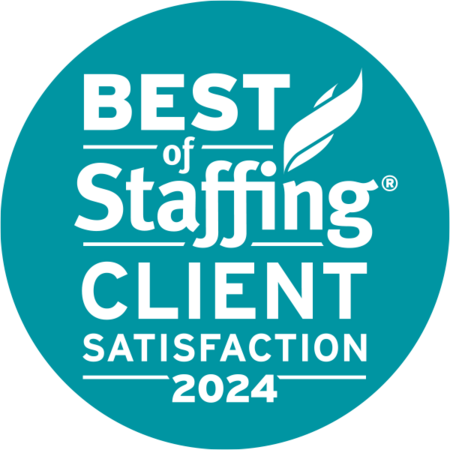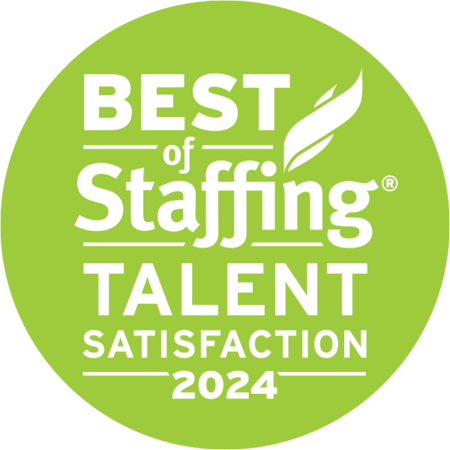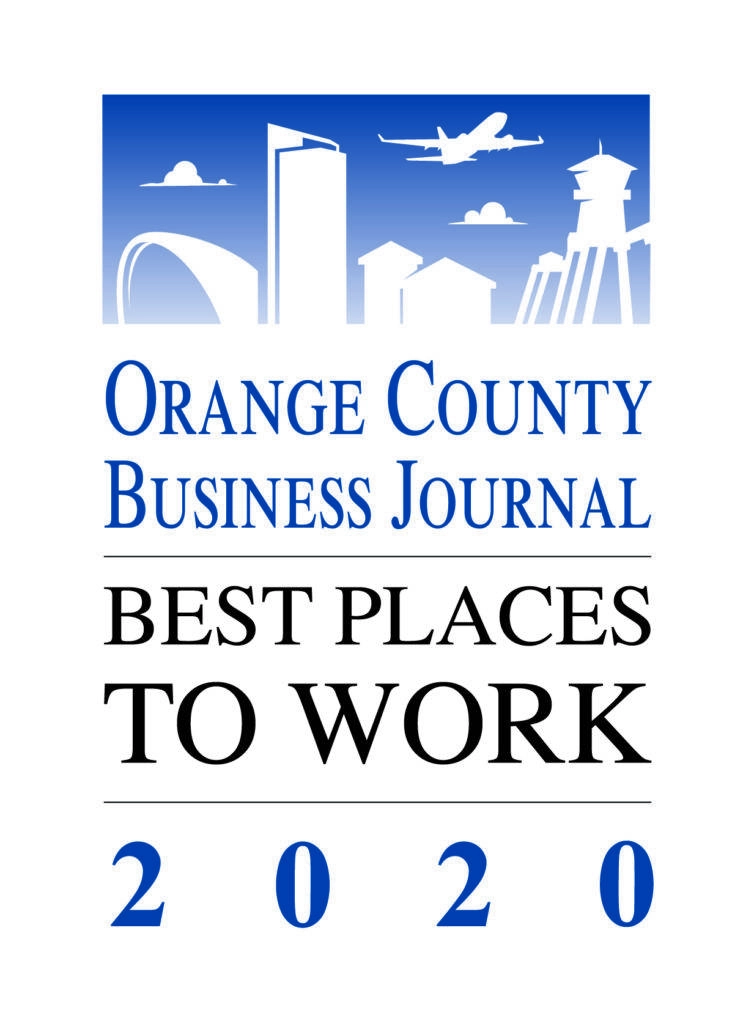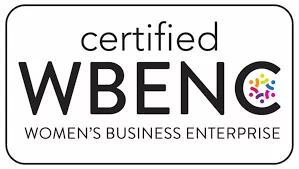The business landscape has transformed itself over the past three years. From the pandemic to supply-chain issues, inflation, geopolitical tensions, and economic downturn, business leaders have faced near-constant disruption. And, as we approach 2023, we continue to navigate volatile times. While employers have adapted, become more agile, innovated, and exercised greater empathy — not only to survive but to thrive — one obstacle remains constant: the talent shortage.
For Accounting and Finance teams, the labor market has grown hotter than ever. Organizations have evolved business strategies and day-to-day operations to attract and retain talent. Recruitment practices, benefit packages, compensation and salary, flexwork policies, and professional development have all changed. So have employee expectations. ARG’s 2023 Financial Salary Guide and Employment Outlook examines market perspectives, economic projections, employer incentives, and employee attitudes and expectations to help bring greater clarity to the year ahead.
Business success hinges on the talent of its people, and today’s employees have more options than ever before. This positions 2023 as the year for Accounting and Finance senior professionals to remain focused on managing the downside while pursuing the upside amidst ongoing volatility.
Our Salary Guide examines market perspectives, economic projections, employer incentives, and employee attitudes and expectations. As a people manager, hiring manager, or HR professional, here are the top five trends that should be on your radar.
1) The Great Regret is Shaping Hiring and Retention. At the peak of the Great Resignation, 48 million people quit their jobs in 2021. That continued in 2022, with more than 20 million Americans exiting their jobs in the first five months of the year. This signaled a seismic shift in the employer-employee power dynamic where job seekers have the upper hand in the labor market. But quick-decision quitting and hastily filling empty positions has led to big regret on both sides of the table.
Approximately one in four employees originally lured away by high salaries, attractive signing bonuses and ultra-competitive benefit packages, now say they regret their decision. Many have found their new jobs did not live up to expectations, they lack the support to perform their duties at the new company or feel an overall misalignment of values and cultural fit with the new organization. A significant amount of these employees are on the job hunt again.
Our 2023 Salary Guide discusses boomerang employees, how to review exit data from the Great Resignation, and what to do if you are on the rebound from reactive hiring —you hired quickly to nab top talent and fill open positions, but the new hire isn’t meeting expectations.
2) Employee Engagement Continues to Plummet. The constant combat for talent has taken a toll on engagement. Employees are disappointed (or envious) to see colleagues go, or they’ve become overworked and burnt out taking on extra responsibility. But that’s not the only thing dragging down morale.
“Amid various business challenges ranging from market volatility, rising inflation, lagging revenue and a high risk of recession, companies are slowing hiring and, in some cases, letting workers go,” according to CNBC. These economic uncertainties are causing additional stress that negatively impacts employee engagement.
Nearly 70% of people are not engaged at work, a 2022 Gallup survey revealed. This leads to high turnover and low retention. In raising morale and engagement, our most successful clients have implemented employee engagement strategies that show how the organizations care for their employees and position them for success. Download the guide to see core components of an employee engagement strategy.
3) Salary Expectations and Pay Strategies. The Great Resignation fueled higher pay for everyone. In 2021, existing job holders saw wage increases of 5.9% and those who switched jobs received an average increase of 8%, as reported by Time. While the economic downturn in late 2022 has eased some of the pressure on compensation, employee pay expectations continue to increase — along with inflation.
Many economists expect inflation to remain elevated through 2022 and into 2023, which puts upward pressure on wages and salaries for employers. Organizations that don’t meet salary expectations risk losing talent. Our guide provides actionable tips to keep and attract top talent that don’t include outrageous salaries and compensation.
4) Back-to-Office Mandates. Perhaps one of the biggest conundrums accounting and finance organizations face in Southern California is the requirement of in-office days. Flexwork has become the most sought after benefit since 2020 and is a perk employees are not willing to give up. The September 2022 Survey of Working Arrangements and Attitudes (SWAA) found that workers want more time to work from home (WFH) than employers are willing to offer: 16% of workers desire three days per week WFH and 31.6% desire five days, while 11.2% of employers are offering three days at home and 25.4% are offering five days WFH.
While return-to-work policies vary by industry, SWAA found that across all industries 15% of employees are fully remote, 55% are full-time onsite and 30% are in a hybrid arrangement. Finance professionals log an average of 2.18 days per week at home. Read the guide for practical insight on how to navigate the back-to-office conundrum.
5) Managing a Multigenerational Workforce. In Accounting and Finance, skilled professionals are hard to come by. Baby boomers are beginning to retire — taking with them decades of experience — while new hires fresh out of college are specialists, in the academic sense, with rigorous training but lacking general business skills and actual experience.
Add low unemployment rates, fears of a possible recession, and inflation at a 40-year high, the current economic trifecta has further cast hiring managers into a landscape of uncertainty. Fighting for and keeping talent has left many grappling with how to manage — and nurture — a multigenerational workforce that, when weaved together, brings diverse experience and expertise. Learn how to leverage the strengths from each generation that helps prepare your business to meet future leadership needs, while knowledge stays within the company to develop an internal talent pipeline.
Learn more about the trends impacting hiring and retention in Accounting and Finance. The 2023 Financial Salary Guide and Employment Outlook provides a comprehensive framework for hiring and recruiting, including projected salaries, industry and employee trends, and other key economic data.
Download your copy of the guide.





